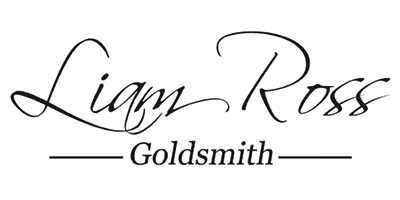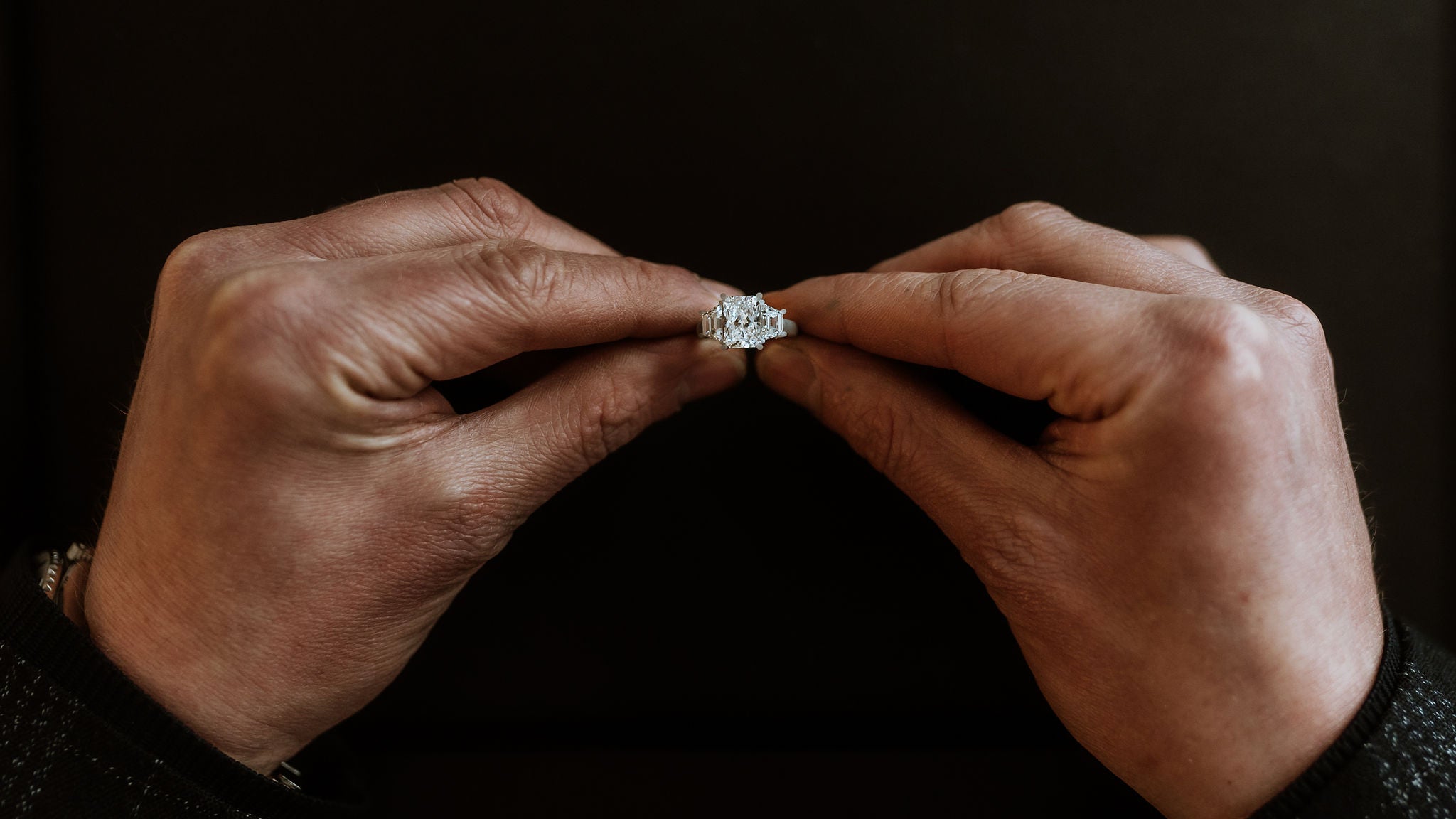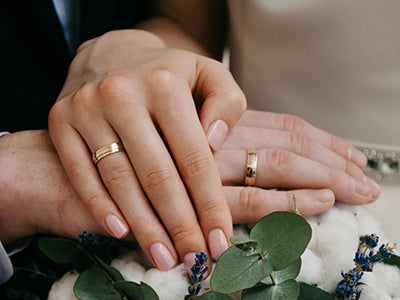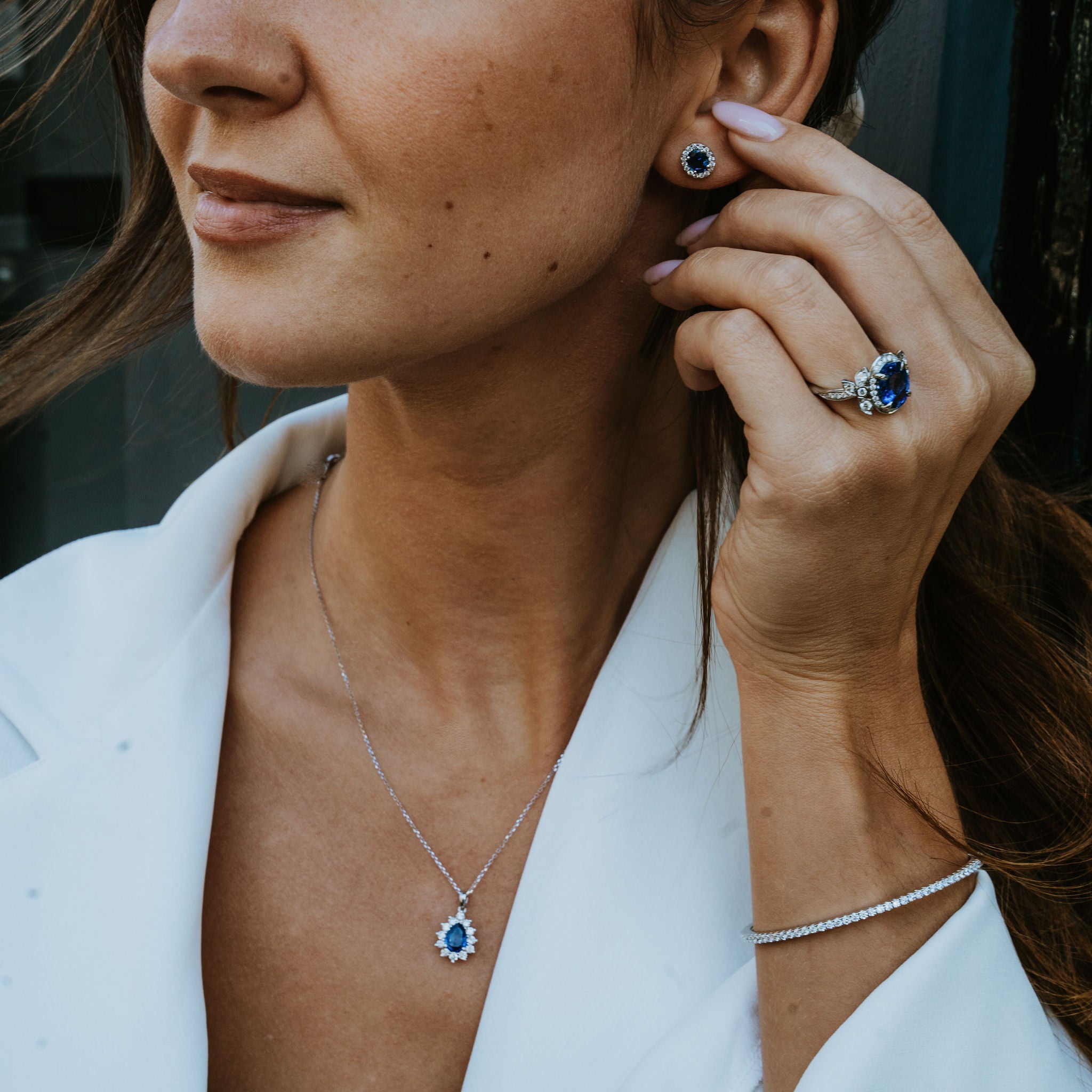 If you are looking for a diamond ring, be it for an engagement, wedding or any other special occasion or reason, you may be pleasantly surprised at the array of options out there. If you thought it was simply about having one big rock mounted in the middle of a simple band of silver or gold, you will soon discover there is so much more variety to select from.
If you are looking for a diamond ring, be it for an engagement, wedding or any other special occasion or reason, you may be pleasantly surprised at the array of options out there. If you thought it was simply about having one big rock mounted in the middle of a simple band of silver or gold, you will soon discover there is so much more variety to select from.
Your choice of metals is one example of the options you have, as are the sizes of diamonds and the possibilities of combining a diamond with other stones, either coloured diamonds or other gems such as blue sapphires or red rubies.
However, there is also the matter of the diamonds themselves. The way they are presented is a central feature of your ring and there are several different cuts that you can choose from. You may or may not have heard of these, but there are emerald cuts, pear cuts, oval cuts, princess cuts and Asscher cuts. But what do these terms mean and what do they look like?
How Diamonds Are Cut
Some may be a little bemused by the concept of cutting a diamond in the first place. After all, as the hardest substance on Earth, one may ask: how can it be cut at all?
The answer to this is that diamonds can only be cut by diamonds, which is why they are added to the blades of the tools used in cutting them.
Also, like other substances (but to a much lesser extent), the strength of a diamond is not the same in all directions. So by applying the hardest bit of the cutting tool against the (relatively) weakest part of the diamond, a cut can be made.
Cutting a diamond is a highly-skilled and time-consuming task that takes a lot of skill, not least because there are all these different kinds of cuts.
Different Kinds Of Cut
You may think a round cut is the standard diamond, a circular and spectacular gemstone. It is certainly that, but there are many alternatives.
A pear cut shapes the diamond like a pear, or some might say a teardrop. It maximises the sparkly characteristics that diamonds have under light and its elongated look can make fingers look longer and thinner. Among those wearing a pear cut diamond as an engagement ring is Victoria Beckham, so this diamond is quite literally posh.
Emerald cut diamonds may sound like they are something that directly involves emeralds, but that is not the case. Emeralds could never cut diamonds as they are only 7.5 on the Mohs hardness scale (diamonds are 10).
Nor are emerald cut diamonds green, unless the jeweller decides to use a green diamond (which can occur naturally or be made in the lab under high radiation exposure).
Instead, an emerald cut refers to the shape of the diamond, which can be square or rectangular and have cut corners. The name comes from the fact that the style was originally used on emeralds. They make the stone look larger, which is one of their big appeals.
Oval cut diamonds offer an alternative shape to traditional round cut diamonds. They have found plenty of takers in the celebrity world, like Justin and Hailey Bieber, and its shape makes the hand and fingers look slimmer. It is also less prone to chipping as it has no hard edges.
The princess cut sounds something exceptional and it certainly offers something different from the rounded and square shapes described above. They do look square from the top, but have chevrons on the underside to create a brilliant sparkling effect.
Finally, there is the Asscher Cut, which has some similarities to the emerald cut, but if you look closely, you can see it has a unique octagonal shape. There are two variants, the Asscher and the Royal Asscher.
When going for Asscher cut diamonds, buyers are advised to go for a higher quality stone, as the cut will reveal imperfections a bit more than other cuts.
What Cut Is Best For You?
These different cuts show there is a lot of choice for buyers. You may want to consider a range of questions when looking at these options. Price is one of them, but so too will be the question of what suits you - especially if you have some rings already with similar cuts to the ones described here and can assess from them how good (or not) they look on your finger.
By looking into the options you have, you can find a ring for you or your loved one that will not just offer the beauty and sparkle that any diamond will bring, but the specific qualities that a particular cut can provide.





